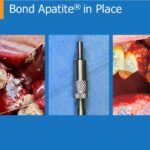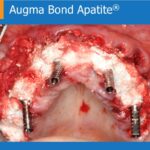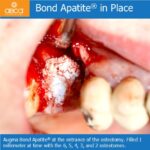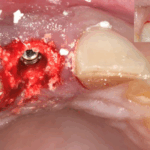Abstract:
In preimplantation regenerative surgery of the alveolar ridges, a widely used methos of reconstructing the bone of the lateral maxillary part of the process is to lift the floor of the maxillary sinus and introduce augmentation material between the sinus mucosa and the alveolar process bone. Very often, this is the procedure of choice in the case of significant vertical process atrophy and a “low-sloping” alveolar recess of the maxillary sinus. Currently, a wide range of sinus lifting procedures are used, both from a lateral approach and of the alveolar crestal approach. Procedures performed from the access from the anterior wall of the maxillary sinus provide a good view of the surgical field and control over the preparation of the sinus mucosa, but are more invasive and may cause more technical difficulties, which requires greater surgical experience of the surgeon. Access from the crestal approach is less invasive and easier to perform, but none of these methods provides 100% control and safety of the procedure, which may cause unintentional iatrogenic complications. In view of the generally accepted tendencies to minimize surgical intervention in the human body, there is a search for such techniques and materials that could meet the expectations of patients and doctors, and at the same time ensure the greatest possible safety of the procedure and long-term clinical effectiveness. Therefore, the authors would like to present a case of the use of regenerative cement in the reconstruction of the maxillary alveolar process deficit using the innovative and very safe Baranes-Yahav technique of lifting the maxillary sinus mucosa with access from the top of the alveolar process.





